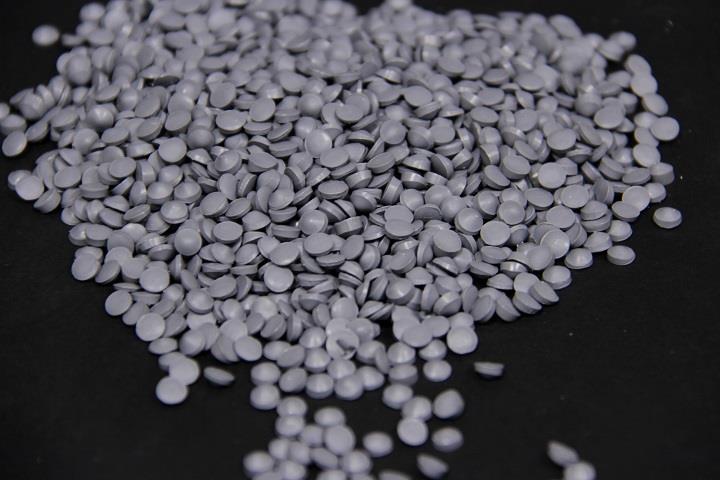Description
CPVC is a PVC homopolymer that has been subjected to a clearing reaction. Typically, chlorine and PVC react according to the main mechanism of free radicals, which are created in different ways using thermal energy or ultraviolet rays. Depending on the method, different amounts of chlorine are introduced into the polymer, which provides a measured method for fine-tuning the final properties. The amount of chlorine may vary from manufacturer to manufacturer. This base can be as low as 56.7% to 74% by weight of PVC.
Most commercial resins, however, contain 63% to 69% chlorine. As the amount of chlorine in CPVC increases, its glass temperature (Tg) increases significantly. Under normal operating conditions, CPVC becomes unstable with a mass of 70% chlorine. Various additives are also introduced into the resin in order to absorb as much material as possible in the processing. These additives may consist of stabilizers, shock modifiers, pigments, and lubricants.
Features of CPVC
Chlorinated polyvinyl chloride (CPVC) is an engineering thermoplastic produced using the polyvinyl chloride (PVC) resin chlorination process. CPVC is significantly more flexible and can withstand higher temperatures than the PVC standard.
Uses of this material include hot and cold water pipes and the transfer of industrial fluids, such as acids and bases and corrosive gases.
CPVCs are commonly used in industrial pipes and fittings because they are highly suitable for corrosion and resistance to environmental and weather conditions, and also have a high weight tolerance. They are also good electrical and thermal insulation. CPVC is produced when PVC is cleaned. This gives CPVC many of the same properties as PVC but provides a higher thermal distortion temperature.
It is also ideal for applications that have a high temperature process as well as high corrosion resistance and mechanical properties of PVC. In general, CPVC improves fire resistance and chemical resistance. It can also be used in a variety of applications due to its ability to bend, shape and weld. Can be used in the form of sheets, rods and tubes.
